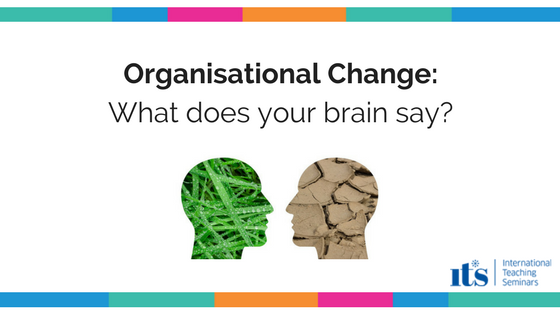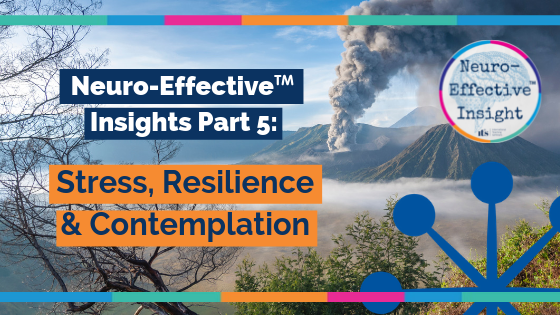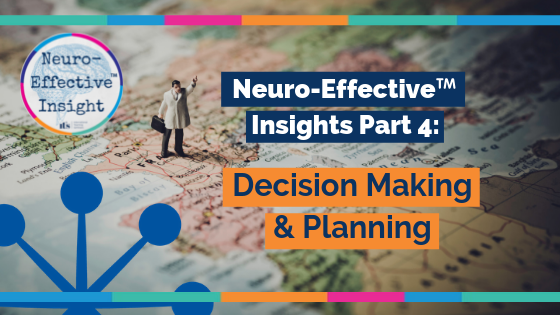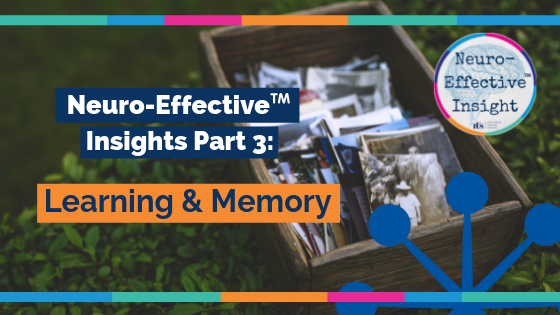Organisational change is often portrayed as difficult. Indeed research has shown that:
- only about three out of every ten change processes give the return on investment that the leadership predict (Miller, 2002¹).
- major change at the corporate level is abandoned before completion 28% of the time, is over budget or behind schedule 46% of the time
- six months after change has been implemented, only 20% of projects are being used in the way they were intended (Cameron & Green, 2009²).
Change creates a variety of emotional responses and many of these are negative. In one survey 44% of people were anxious; 22% were confused; 23% were frustrated and 24% were fatigued by a change process! (Cameron & Green, 2009²)
What does your brain make of change?
So, whether measured at an organisational level or at the level of the individual, this seems like hard work! Not surprising then that many say organisations are failing to get change right.
This might suggest that change is hard to implement in the brain but this is not the case.
We know that not only is changing the brain easy – it is actually what the brain is designed to do. Our brains are designed to adapt to new environments, and to learn and remember new information. To do this, we have to build new synapses (connections between brain cells) and/or new neurones (brain cells) each and every minute of each and every day. The ease with which we do this is astounding. In some areas of the brain, we can replace 20% of our synapses every 24 hours. So, the ability to change is not restricted by change at the level of the brain.
If the neuroscience suggests that our brains change easily, there must be other things getting in the way.
Understanding what these “other things” are and the brain’s role in dealing with change provides us with choices which will increase the likelihood of change being implemented in an optimal way.
The foundations and application of this knowledge are developed more fully in our 10 day Applied Neuroscience Programme along with topics such as motivation, creativity, memory, emotion regulation, stress, resilience and decision making among others.
One of our graduates sums this up perfectly.
“Understanding why we do what we do from a neuroscience perspective can give us more choices. I was surprised how easy it was to link neuroscience in a practical way, adding more tools to my toolkit. This programme is making neuroscience accessible, understandable and something you use in the real world.” Kim Lyddon
ITS Founder, Ian McDermott & Professor of Applied Neuroscience, Patricia Riddell
Co-creators of the Applied Neuroscience Programme.
References
¹Miller, D. (2002) Successful change leaders, What makes then, What do they do that is different? Journal of Change Management, 2, 359-368.
²Cameron, E. & Green, M (2009) Making Sense of Change and Management.Kogan Page: London.





Leave A Comment